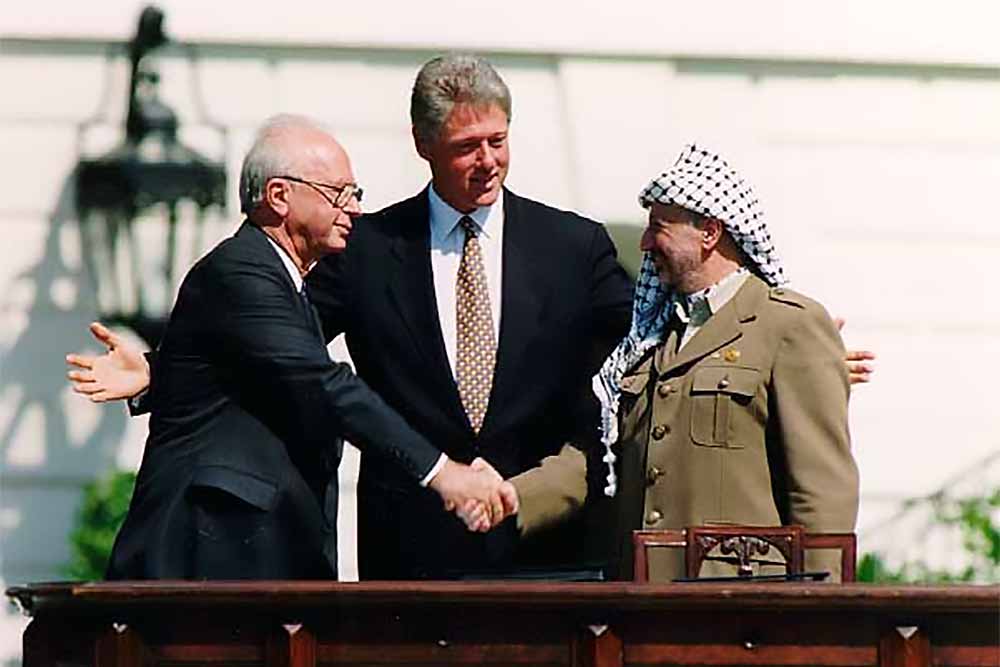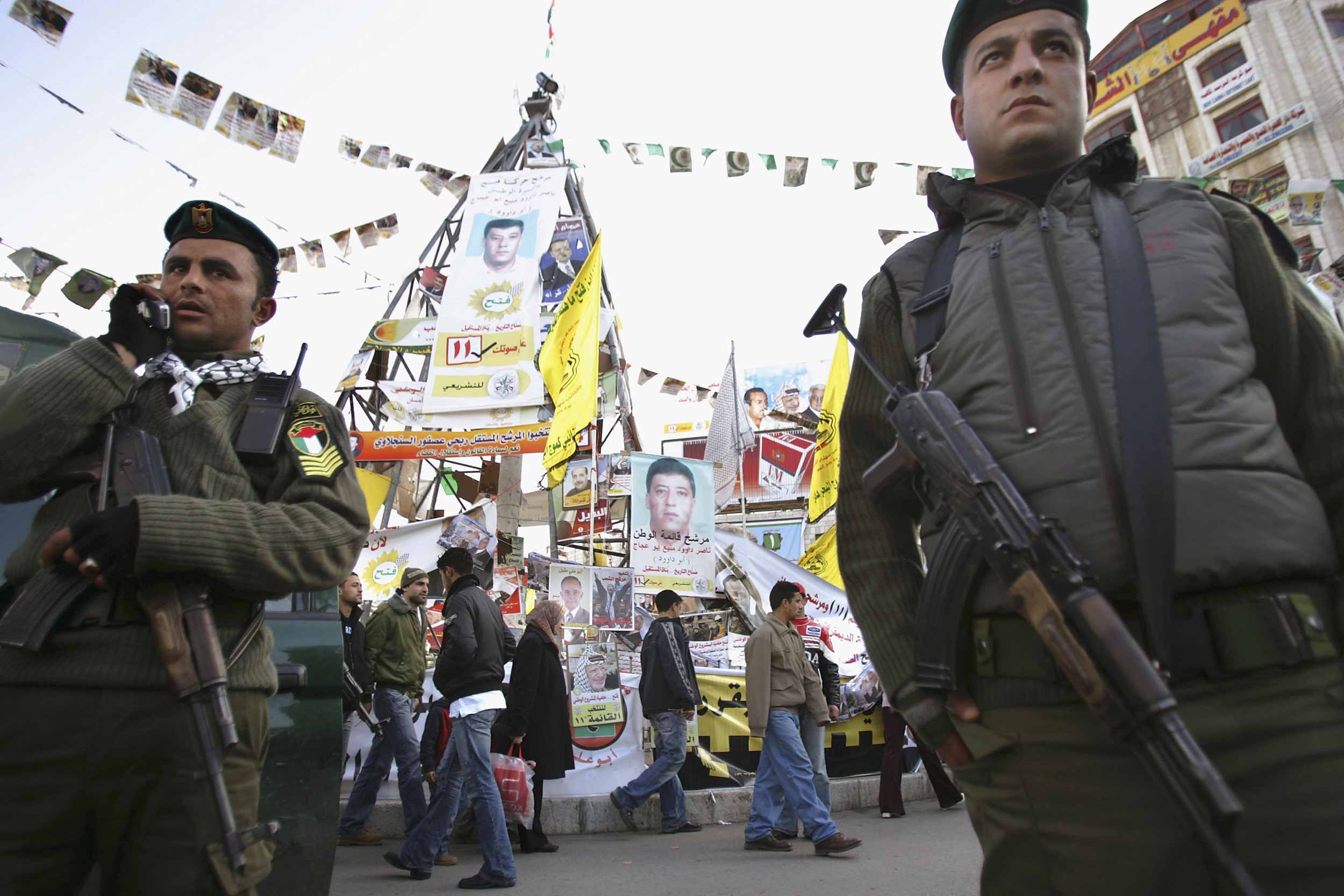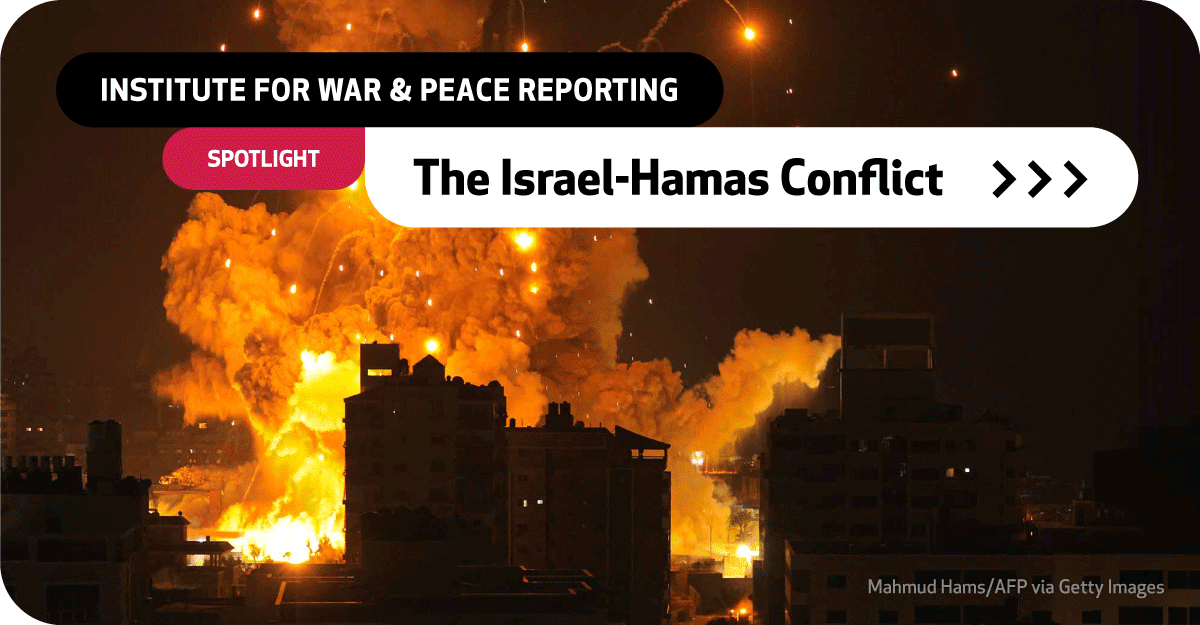How Flowers and Fruit Failed to Build a State
Former diplomat looks back at decades of frustrated attempts to support the two-state solution.
My decades-long professional involvement with Israel and Palestine is a story of an ever-widening gap between two peoples.
And it is not just those on the ground who are divided; the conflict is different from almost all other wars in so many parts of the world. Its ripples seem to create rifts between people, political parties, religious groups and even families well beyond the boundaries of Israel and Palestine.
“International humanitarian law violations will not make Israel safer.”
My first visit to the Middle East took place in 1987. As research coordinator at the Agro-Economic Research Institute in the Hague, I was investigating the potential of expanding Palestinian exports of fruit and vegetables. These exports were frustrated by tedious controls and Israeli settlements increasingly taking control of fresh water supplies. The mission met with little success: a first shipment of oranges to Rotterdam suffered from endless controls and arrived with its cargo already rotting.
During our visit in 1987 we could move freely between West Bank and Gaza, but our Palestinian counterparts complained about tight restrictions and their youngsters running out of control. The first Palestinian uprising (intifada) in the same year came as no surprise. Later, when Palestinian leader Yasser Arafat swore off violence, this freed the way to the Oslo Accords in 1993. Arafat, as well as Shimon Peres and Yitzhak Rabin, received the Nobel Peace Prize. But Hamas, an Islamist organisation founded in the 1980s, was still committed to the destruction of Israel.

In 1999 I again made a series of visits to the Palestinian Territories, now as a diplomat evaluating Dutch development support to the Palestinian people as Oslo Accords had laid the ground for a substantial aid programme. Our findings were not very encouraging, as the peace process had been far from smooth. Frequent closures of the West Bank and Gaza and severe security procedures had reduced the effectiveness of the projects. At best they had somewhat cushioned the economic blow from collective closures and restored where possible a sense of normality. Damaged schools, roads, wells, sewers and drinking water systems were rehabilitated. In Gaza modern buses were delivered, as well as two airplanes and a first start was made to build a port.
“Despite the precarious situation, a two-state solution was still possible.”
In hindsight, I think that despite the precarious situation, a two-state solution was still possible. The West Bank and Gaza had economic potential, a safe corridor between the two territories was being discussed, an airport was built and a seaport was going to be constructed. There was a ready market for Palestinian fruits, flowers, and vegetables and in front of Gaza a gas field was being explored. Israeli-Palestinian relations were, however, deteriorating and a last-ditch effort by President Bill Clinton at Camp David to reconcile Israeli and Palestinian leaders came to naught. The violence of the subsequent Second Intifada – in which more than 1,000 Israelis and some 3,000 Palestinians were killed – followed.
In 2005 I was appointed Ambassador in Ramallah, Palestinian Territories and Permanent Representative to the UN Relief and Works Agency (UNRWA) in Amman. On arrival it was clear that, while the intifada was drawing to a close, the wider situation had not improved.
Although Israel unilaterally withdrew all its citizens from Gaza in the disengagement of August 2005, settlements in the West Bank were growing, with settlers as well as the Israeli Defence Forces (IDF) committing harassment and extra-judicial killings. A wall was being erected to seal off the West Bank from Israel which the Israeli government said was necessary to prevent further Palestinian suicide bombings. Many projects, funded by EU and EU member states, were damaged or destroyed, without credible protest by their donors.

In the run up to the January 2006 Palestinian parliamentary elections, Hamas had become a serious contender. As Hamas was listed as a terrorist organisation, I was tasked by Dutch Parliament to undertake a political step (a ‘demarche’) towards the PNA requesting them to exclude Hamas from elections. This was a futile request of course, which was politely filed in a bottom drawer. Like many Western diplomats, I was one of the numerous election observers and the conclusion was quite clear: elections took place in a relatively calm atmosphere and could not be faulted; Hamas won, to the dismay of Fatah.
In the year that followed, Hamas and Fatah grew further apart. Revolutionary Hamas opposed the PNA which sought cooperation with Israel to maintain stability in the territories. The divide culminated in a civil war in June 2007, which led Hamas to take over government in Gaza, while Fatah remained in charge of West Bank. This was the beginning of a complete isolation of the Gaza Strip, not only via land. The airstrip was damaged and construction materials for the seaport destroyed. Citrus production had ceased to exist as aquifers had run dry.
A lifeline was presented by the production of high-quality carnations and strawberries, which fetched a good price at Dutch auctions. For three years in a row, I successfully negotiated with the IDF to get produce out of Gaza to Amsterdam through Tel Aviv. Talking to Hamas was out of the question; that would have been a career-ending move. Yet Gaza was somewhat safer under Hamas rule since Fatah was ousted and internal clashes had largely ceased. IDF incursions were risky, however, and often windows rattled during meetings with mortar attacks ongoing. When waiting to leave at the Erez crossing, Qassem rockets sometimes flew erratically over our heads.
Various forms of collective punishment, expanding settlements, impunity, and a fast-growing Palestinian population on an ever-smaller territory is a recipe for a pressure cooker situation. The international community, however, largely maintained the two-state mantra and kept stressing that Israel had the clear right to defend itself. Until now it seems, because the world starts to see that disproportional retaliation and international humanitarian law violations will not make Israel safer.
At the time of this writing, in a matter of two weeks, according to the Hamas-run health ministry in Gaza, almost 5,000 Palestinians have died, 2,000 of them children. But Israel’s stated aim of actually ‘destroying Hamas’ has yet to begin.
With its October 7 onslaught into Israel in which it killed some 1,400 people and took over 220 hostages, Hamas has done what terrorists do: commit despicable crimes to get the attention of the outside world. That was a macabre success, but it will not be the end of Israel, nor will destroying Northern Gaza root out the discontent of 2.2 million people having even less space and means to live. Palestinians have nowhere to go. Providing them with a safe and secure life will ultimately be the only way to render Israel safe.
Frans Makken is a member of IWPR’s international board and worked for the Ministry of Foreign Affairs of the Netherlands for more than 25 years, holding senior roles in Africa, Asia and the Middle East.

